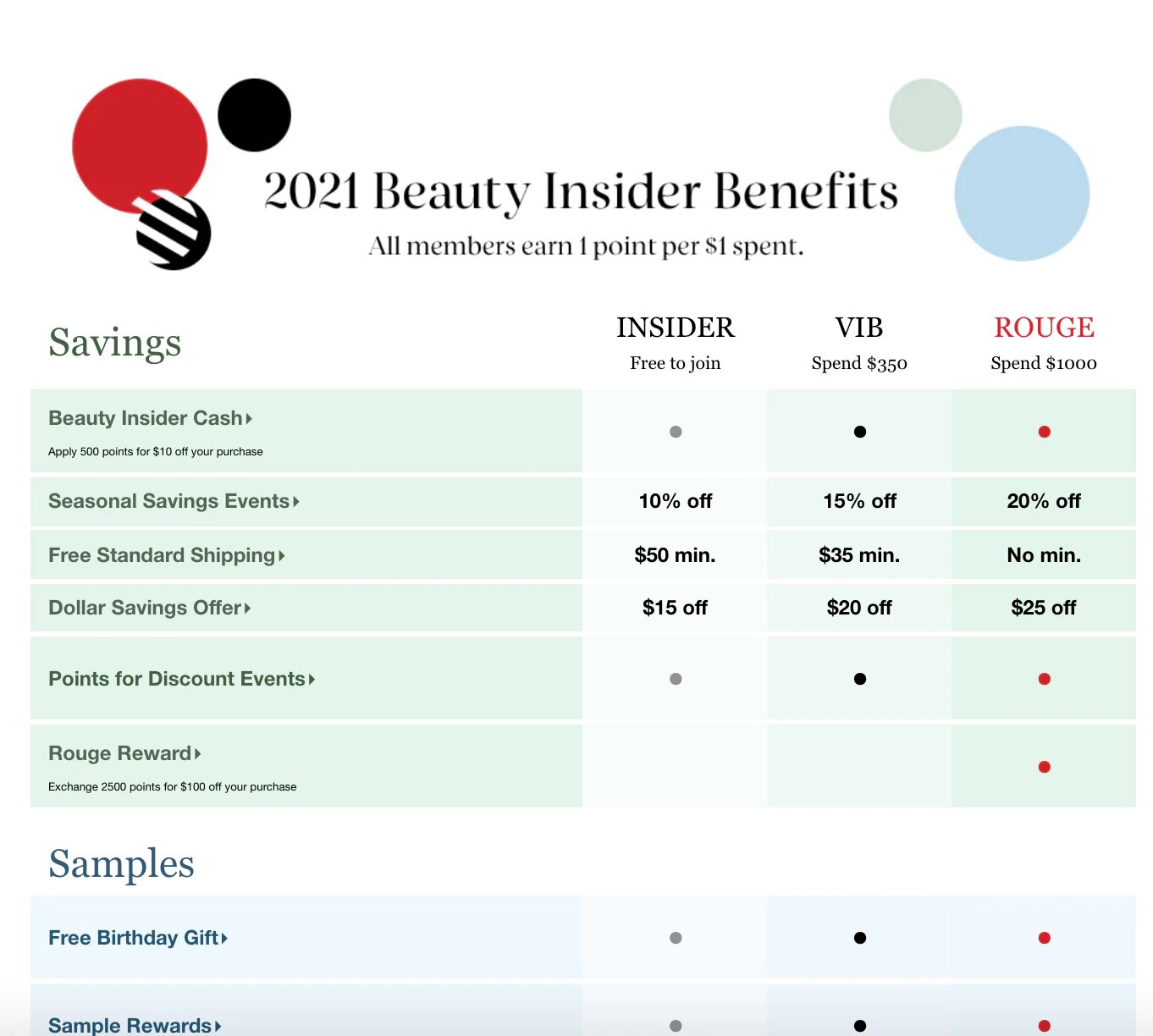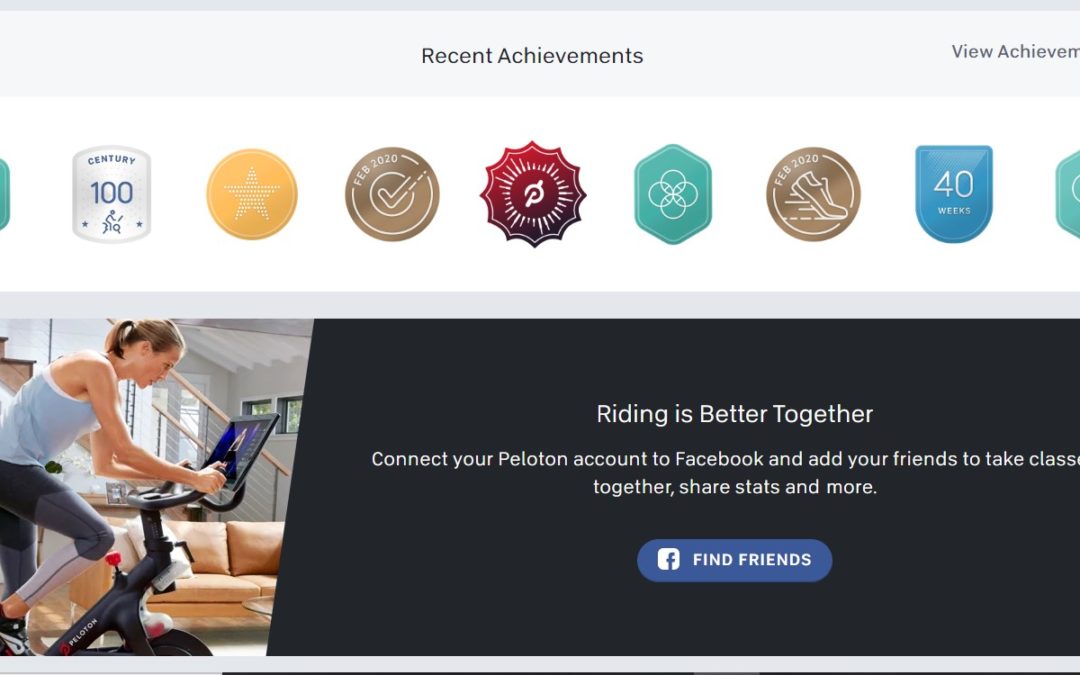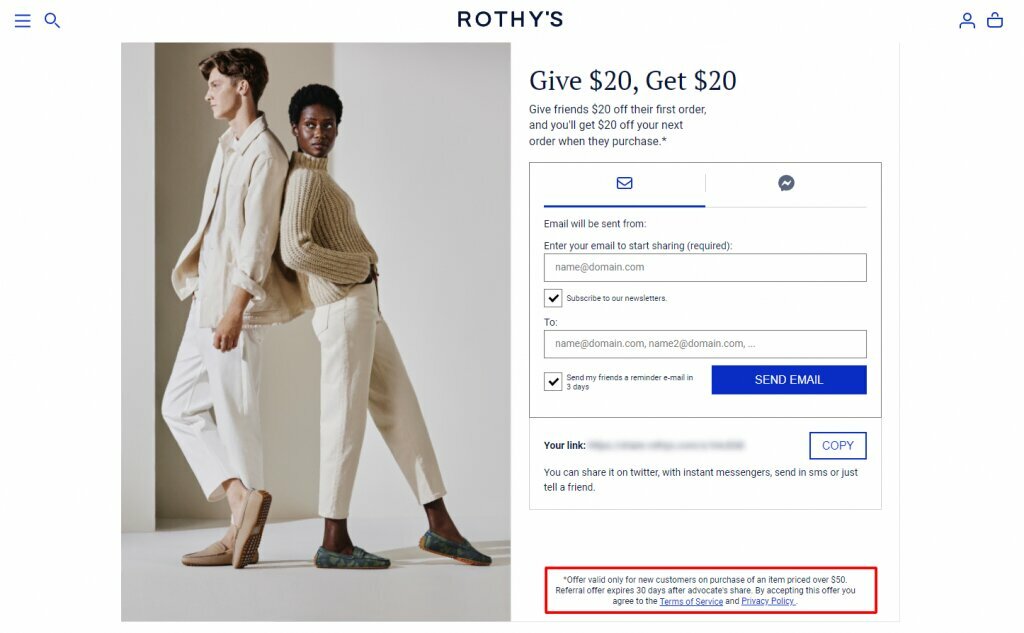In today's hyper-competitive direct-to-consumer (DTC) market, customer retention has become more crucial than ever. With savvy shoppers able to access and compare products with just a few clicks, DTC brands must go the extra mile to win their customers' hearts and, more importantly, their loyalty. The secret weapon? A well-crafted rewards program. In this article, we'll explore the importance of reward programs and delve into best practices for creating loyalty schemes that will have your customers singing your praises from the digital rooftops.
The Importance of Rewards Programs
A well-designed rewards program can be a game-changer for DTC brands. Here's why:
1.1 Customer Retention
Keeping your customers coming back for more is the Holy Grail for any DTC brand. A rewards program can incentivise repeat purchases by offering points, discounts, or exclusive perks for loyal customers, thus increasing customer lifetime value and reducing churn.
1.2 Brand Advocacy
Happy, loyal customers become brand ambassadors, recommending your products to their friends, family, and social media followers. This organic word-of-mouth marketing can be a
powerful driver of new customer acquisition.
1.3 Competitive Advantage
With countless DTC brands vying for attention, a well-designed rewards program can set you apart from the competition and position you as a customer-centric, value-driven brand.
HubSpot explains that having a strong customer loyalty strategy can greatly aid brand success and that customers are 50% more likely to try a new product, as well as spend 31% more than new customers.
1.4 Customer data
A loyalty program can provide valuable insights into customer behaviour and preferences, which can be used to improve the customer experience and personalise offers and messaging based on their specific wishes and needs.

Best Practices for Designing Effective Loyalty Schemes
Now that we've established the importance of rewards programs, let's dive into the best practices that will help your brand create a loyalty scheme that truly resonates with your audience.
2.1 Understand Your Customers
To create a rewards program that truly engages, you must first understand your customers' motivations, preferences, and pain points. What do they value most about your brand? What types of rewards would motivate them to make repeat purchases? The answers to these questions will inform the structure of your loyalty program and ensure it aligns with your customers' desires.
2.2 Make It Simple and Accessible
An overly complicated rewards program can be off-putting for customers, making them less likely to participate. Keep the rules and mechanics of your program simple, easy to understand, and accessible to all customers. Clear communication and a user-friendly interface will help you achieve this.
2.3 Offer Tiered Rewards
People love the feeling of progression and achievement, and tiered rewards can create a sense of exclusivity, motivating customers to reach higher status levels within your program. By offering additional perks or benefits at each tier, you'll encourage customers to continue engaging with your brand and making purchases.
2.4 Personalise Rewards
Tailoring rewards to individual customers can make them feel valued and understood. Using customer data, you can create personalised rewards based on purchasing habits, preferences, or special occasions such as birthdays. This level of personalisation can strengthen the emotional connection between customers and your brand, increasing loyalty.
2.1 Understand Your Customers
To create a rewards program that truly engages, you must first understand your customers' motivations, preferences, and pain points. What do they value most about your brand? What types of rewards would motivate them to make repeat purchases? The answers to these questions will inform the structure of your loyalty program and ensure it aligns with your customers' desires.
2.2 Make It Simple and Accessible
An overly complicated rewards program can be off-putting for customers, making them less likely to participate. Keep the rules and mechanics of your program simple, easy to understand, and accessible to all customers. Clear communication and a user-friendly interface will help you achieve this.
2.3 Offer Tiered Rewards
People love the feeling of progression and achievement, and tiered rewards can create a sense of exclusivity, motivating customers to reach higher status levels within your program. By offering additional perks or benefits at each tier, you'll encourage customers to continue engaging with your brand and making purchases.
2.4 Personalise Rewards
Tailoring rewards to individual customers can make them feel valued and understood. Using customer data, you can create personalised rewards based on purchasing habits, preferences, or special occasions such as birthdays. This level of personalisation can strengthen the emotional connection between customers and your brand, increasing loyalty.

2.5 Foster a Sense of Community
Creating a sense of belonging can further enhance customer loyalty. Consider incorporating elements that encourage customers to interact with one another, such as online forums, social media communities, or exclusive events. These spaces can facilitate the sharing of experiences, advice, and feedback, strengthening customers' connection to your brand and their fellow loyalists.
2.6 Continuously Innovate and Improve
Your rewards program should be an evolving entity. Continuously gather customer feedback, analyse data, and keep an eye on industry trends to refine and improve your program over time. This commitment to innovation will demonstrate your brand's dedication to providing value and exceptional experiences for its customers. According to McKinsey & Company, brands that have effective rewards or loyalty programs are supported by customers who are most likely to recommend your business to others, choose your brand over others and intend to increase their spend with your brand.
Shopify suggests with every loyalty program, you’ll need something to give away, whether it be discounts or early access. Through this you’ll gain brand advocacy through word of mouth, which is a low-costing but effective marketing strategy.
Creating a sense of belonging can further enhance customer loyalty. Consider incorporating elements that encourage customers to interact with one another, such as online forums, social media communities, or exclusive events. These spaces can facilitate the sharing of experiences, advice, and feedback, strengthening customers' connection to your brand and their fellow loyalists.
2.6 Continuously Innovate and Improve
Your rewards program should be an evolving entity. Continuously gather customer feedback, analyse data, and keep an eye on industry trends to refine and improve your program over time. This commitment to innovation will demonstrate your brand's dedication to providing value and exceptional experiences for its customers. According to McKinsey & Company, brands that have effective rewards or loyalty programs are supported by customers who are most likely to recommend your business to others, choose your brand over others and intend to increase their spend with your brand.
Shopify suggests with every loyalty program, you’ll need something to give away, whether it be discounts or early access. Through this you’ll gain brand advocacy through word of mouth, which is a low-costing but effective marketing strategy.
Successful DTC Brands with Effective Loyalty Schemes
To inspire your loyalty program development, let's take a look at a few DTC brands that have successfully implemented effective and engaging rewards schemes.
3.1 Sephora
Sephora's Beauty Insider rewards program enjoys immense popularity with over 25 million devoted members, who contribute to 80% of the company's annual sales. Clients accumulate points through purchases, with the unique feature of deciding how to redeem them.
Sephora products tend to be pricey, posing a challenge for many customers. To address this, Beauty Insider allows members to use their points for gift cards, discounts, or exclusive perks like limited edition items and in-store tutorials. This flexibility lets Sephora cater to customers' preferences without diminishing their products' perceived value.

3.2 Peloton
Peloton, the at-home fitness giant, has taken a unique approach to loyalty by gamifying the workout experience. The Peloton platform offers badges, milestone achievements, and leaderboards that encourage users to push themselves and stay engaged with the brand. This focus on community and personal achievement fosters a sense of connection and loyalty among Peloton's user base.

3.3 Rothy's
Sustainable footwear brand Rothy's has developed The Rothy's Circle, a tiered rewards program that offers customers points for purchases, referrals, and product reviews. As customers accrue points and advance through the tiers, they unlock exclusive perks like early access to new products, special discounts, and free shipping. Rothy's Circle demonstrates the power of a tiered system that rewards customers for their loyalty and engagement.
Remember, 77 percent of customers would choose their favourite brand if they were met with a competitor. Become a consumer favourite.

In the fast-paced, competitive world of DTC brands, an effective rewards program can be the key to winning and retaining customers. By understanding your audience, simplifying the mechanics, offering tiered and personalised rewards, fostering a sense of community, and continuously innovating, you'll be well on your way to designing a loyalty scheme that resonates with your customers and sets your brand apart from the competition. Keep the tone of your program fun, interesting, and professional, and watch as your loyal customer base grows and thrives.
So, brand owners of large DTC brands, it's time to roll up your sleeves and get to work. Design a rewards program that not only speaks to your customers but also keeps them coming back for more. After all, a loyal customer is worth their weight in gold, and a well-designed loyalty scheme is the perfect way to show them just how much you appreciate their unwavering support.
TL ; DR
In the competitive DTC market, well-designed rewards programs play a crucial role in customer retention, brand advocacy, and gaining a competitive edge. To create an effective loyalty scheme, brands should understand their customers, simplify the program, offer tiered and personalised rewards, foster community, and continuously innovate. Examples of successful loyalty schemes include Glossier's Glossier Credits, Peloton's gamified workout experience, and Rothy's Circle.
{$te}

